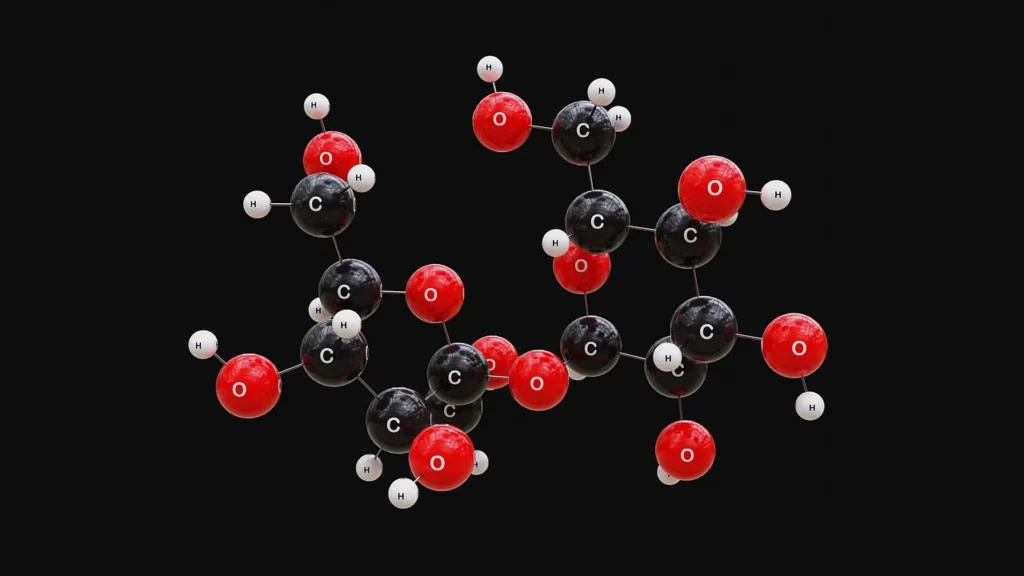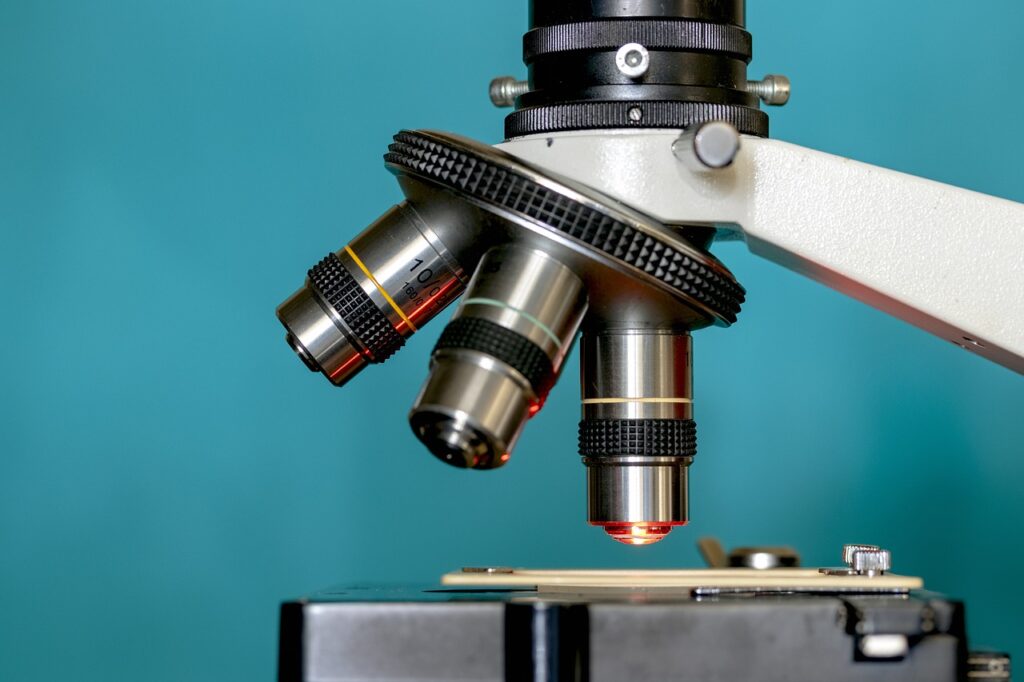Introduction:-
Mole is a unit which represents 6.022 x 1023 particles ( atoms, molecules or ions etc) irrespective of their nature. The number 6.022 x 1023 is called Avgadro’s number and is represented by NA . The calculation of this number is based on the Faraday’s laws of electrolysis.
A mole also represents gram molecular mass (GMM) of the substance. For gases, a mole also stands for gram molecular volume (GMV). i.e 22.4 L at Standard Temperature and Pressure (STP)
Mathematical calculation:-
1 Mole of atoms = 6.022 x 1023 atoms
1 Mole of molecules = 6.022 x 1023 molecules = GMM of substance
Gram atom is defined as atomic weight expressed in gram. It contains 6.022 x 1023
Gram atomic mass
Mass of 1 atom = ——————————- 6.022 x 1023
1 amu = 66 x 1024 g because, 6.022 x 1023 amu = 1 g
Atomicity is number of atoms present in a molecule.
Example :- Calculate mass of one atom of nitrogen in gram.
Solution:- Mass of 6.022 x 1023 atoms of nitrogen = gram atomic mass of nitrogen = 14 .
Mass of 1 atom = GAM/ NA
14
Mass of 1 atom of nitrogen = —————————
6.022 x 1023
= 2.32 x 10-23 g
Why Do We Use Moles?
It is a practical approach to express amounts of a chemical material, the mole idea is used. Because atoms and molecules are so tiny, it would be strange to employ a unit of measurement like grams, which is frequently used in everyday life, without a conversion factor.
Moles facilitate chemistry computations. Atomic and molecular processes give rise to chemical reactions, and chemists can weigh and quantify particles by utilising moles. This is necessary to ensure that the right amounts of reactants are utilised in chemical reactions and to precisely forecast their results.

How Do We Measure Moles?
We use a substance’s molar mass to calculate how many moles it contains. Mass of one mole of a certain substance is known as the molar mass, and it is commonly stated in grams per mole (g/mol). For example, one mole of carbon atoms weighs 12 grams because the molar mass of carbon is 12 g/mol.
The following formula can be used to determine the number of moles (n) in a given mass (m) of a substance:
n = m / M
where:
n = number of moles,
m = mass of the substance in grams,
M = molar mass of the substance in grams per mole.
For example, if you have 24 grams of carbon, the number of moles of carbon would be:
24 g
N = ————– = 2 moles
12 g / mol
Moles in Chemical Reactions:-
Chemical reactions are subject to the law of conservation of mass, it is essential to understand the idea of a mole. According to this law, a chemical reaction cannot produce or destroy matter.
As a result, before and after the reaction, the number of atoms in each element must be constant. Conservation of mass is represented by chemists using balanced chemical equations, in which the coefficients of each material show how many moles are needed or produced.
For example, consider the reaction between hydrogen and oxygen to form water:
2H2+O2→2H2O
According to this equation, two moles of hydrogen gas and one mole of oxygen gas combine to form two moles of water.
Applications of the Mole Concept:-
Real-world uses for the mole concept in everyday life in addition to theoretical chemistry. For example, the mole idea is applied in medicine to determine the appropriate dosage of medications based on molecular weight.
It is used in environmental research to figure out how much pollution is in the air or water. Idea of a mole can be useful in cooking as well as for converting between the mass and number of molecules, particularly in molecular gastronomy.
Conclusion:-
Idea of a mole is a useful tool in chemistry that makes counting and measuring atoms and molecules easier. It makes it simpler to understand and forecast the results of chemical interactions by allowing us to connect macroscopic quantities, such as grams and liters, to the microscopic world of atoms and molecules.
